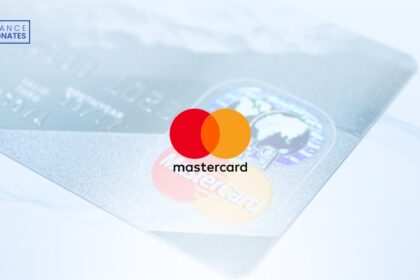Online marketplaces are platforms that allow individuals and businesses to buy or sell goods or services. They have become increasingly popular in recent years, and many companies have succeeded in creating successful marketplaces.
The technologies required for marketplaces vary depending on the size and complexity of the marketplace, but there are some essential technologies needed for all marketplaces. We explain them in this article!
Basic Technologies for Marketplaces
1- E-commerce Platform and Product Management:
To create a successful marketplace, it is important to choose the right technologies. The cornerstone of a marketplace is a robust e-commerce platform. This technology allows you to manage inventory, process transactions, and offer an intuitive shopping experience. Key features include product catalogs that enable sellers to list their products or services with detailed descriptions, images, and prices. It also includes inventory management for real-time tracking of stock levels to avoid shortages. Additionally, order processing offers automation of the order process, from receipt to delivery tracking.
Platforms like Medialem, Magento, or Shopify offer these features with customization options to meet the specific needs of a marketplace.
2- A Content Management System (CMS):
A CMS is software that allows you to create a networking platform and manage a website or mobile application without needing coding knowledge. A CMS is essential for creating and managing the content of the marketplace, such as product pages, category pages, and search pages.
3- API Integration and a Database Management System (DBMS):
APIs and DBMS are essential technologies that connect different parts of a marketplace and manage data efficiently.
To begin with, APIs, or Application Programming Interfaces, are interfaces that allow applications to communicate with each other. They are essential for connecting different parts of a marketplace, such as the website, mobile app, payment system, and database management system. APIs also allow secure and reliable data transfer between applications. They are also used to enable users to connect to the marketplace from different applications and devices and to allow sellers to create and manage their products and listings.
As for DBMS, or Database Management Systems, these are software that allows for the efficient storage and management of data. They are essential for a marketplace because they store information on products, sellers, buyers, and transactions. DBMS allows for quick and easy searching, modifying, and deleting of data. They are also used to analyze data and identify trends. DBMS can store information on products, sellers, buyers, and transactions and analyze data to identify trends.
Note that API and DBMS integration can be done by web developers or software engineers. There are many resources available to help businesses integrate APIs and DBMS into their marketplaces, such as Zapier or MuleSoft.
4- A Payment Service Provider (PSP):
A payment system is necessary to allow buyers to pay for the products or services they purchase on the marketplace. Secure payment processing is vital. Marketplaces need to integrate payment systems that support various methods (credit cards, PayPal, bank transfers, etc.) while ensuring transaction security. Important aspects include:
- Data Encryption: Protecting users’ sensitive information.
- PCI DSS Compliance: Adhering to security standards for credit card transactions.
- Fraud Management: Tools to detect and prevent fraudulent activities.
Solutions like Stripe, Square, or Adyen are popular in this field, offering both flexibility and security.
Advanced Technologies for Marketplaces
In addition to basic technologies, there are many advanced technologies that can be used to improve the performance and features of marketplaces. These technologies include:
- Artificial Intelligence (AI): AI can be used to enhance search, recommendations, and customer service.
- Machine Learning (ML): ML can be used to analyze marketplace data and identify trends.
- Augmented Reality (AR) and Virtual Reality (VR): AR and VR can be used to create a more immersive shopping experience.
Choosing Technologies for Creating and Managing a Marketplace
Choosing the right technologies to manage or create a marketplace depends on several factors, including the size and complexity of the marketplace, the budget, and user needs. It is important to conduct thorough research to choose the technologies that best suit your needs.
Here are some tips for choosing technologies for a marketplace:
- Start with Basic Technologies: Ensure that your marketplace has the necessary basic technologies before adding advanced technologies.
- Consider User Needs: Think about the features and performance your users expect from your marketplace.
- Compare Different Options: Compare the different available technologies and choose those that offer the best value for money.
By choosing the right technologies, you can create a successful marketplace that meets your users’ needs.
In summary, creating and operating an online marketplace requires a series of key technologies to ensure a smooth, secure, and efficient user experience. The technologies we have proposed are essential for building and maintaining a high-performance marketplace. They not only allow for efficient management of products and transactions but also offer a secure and personalized user experience, which is essential for retaining customers in a competitive online market.








